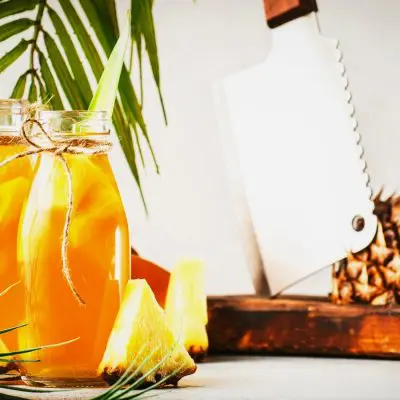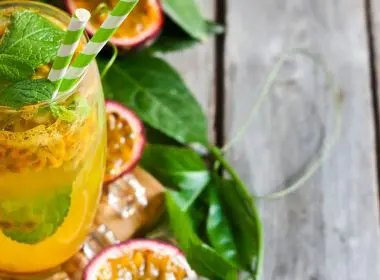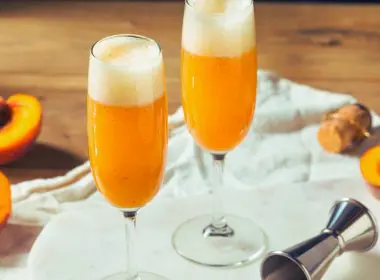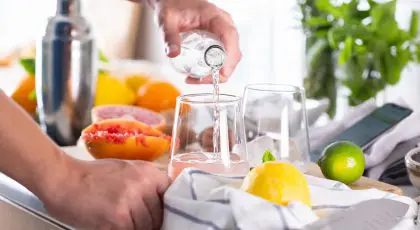Alright, kids, who’s ready for a delicious science experiment? Today we’re making a refreshing, naturally carbonated beverage of Mexican origin called Tepache. It’s a big deal in Mexico and it’s sold by street vendors to thirsty customers by the barrel load. It takes a few days to complete the Tepache recipe but trust us, the results are worth it. You can drink it as is, or use it as a mixer for cocktails. Okay, let’s go, or as they say in Mexico, vamos, amigos!
Tepache Recipe
PREP TIME 7200 min

QUICK TIPS
INSTRUCTIONS
Give the pineapple a quick rinse in cold water to remove any dust
Cut the head off the pineapple and discard
Cut the skin off the pineapple, then cut the flesh off the core
Save the flesh for a snack or use it to make a pineapple daiquiri
Place the core and skin into the fermentation bottle
Add the rest of the ingredients and the water but leave a 2-inch gap
Use a wooden spoon to stir until the sugar has dissolved
Cover with cheesecloth and secure with an elastic band
Let it sit at room temperature for 2-3 days to ferment. After 3 days it should be bubbly
Strain through a sieve into 11 oz bottles then seal and let sit for another 2 days at room temperature to carbonate
After 2 days, move the bottles to the fridge to chill then pour and enjoy
History and benefits of Tepache
The Tepache recipe has a long history that stretches back to pre-Columbian times. It was the drink of choice for the indigenous people of Mexico and it’s still massively popular today. Wherever you go in Mexico, you’ll see street vendors selling Tepache out of barrels or clay pots. There are even a few commercial canned offerings with just about every fruit flavor under the Mexican sun.
Not only is Tepache delicious but it’s packed with vitamins and good stuff for your gut thanks to its probiotic nature. It’s also a zero-waste product because you use the skin and core of the pineapple in the fermentation. It’s bright and refreshing with light carbonation and a yeasty, tropical pineapple kick. Tepache adds vibrancy to cocktails but if you want to keep things lighter then try it in your favorite mocktail.
More fermented flavors: How to Make a Korean Bloody Mary with Kimchi
Variations
Your bubbly baby is just waiting for you to try new recipes for Tepache. Mix and match spices like clove and star anise or turmeric and black pepper. Add other fruits to the fermentation like strawberry, bananas, or melon. The only limit to your Tepache flavor is your imagination. Remember to write down your recipes just in case you stumble onto a fruit cocktail winner.
Discover more Mexican cocktails: 13 Easy Mexican Cocktails.
How to store Pineapple Tepache
Once you’ve bottled your easy Tepache recipe and it’s gone through secondary fermentation, it must be stored in the fridge. If you leave it out for too long the Tepache will continue fermenting until it becomes vinegar. Storing it in the fridge will stop the fermentation process. If you do end up with vinegar, then you’ve got a delicious pineapple vinegar to make salad dressing with.











